Landscaping does far more than beautify your property. The way you design and maintain your outdoor space directly impacts the performance, efficiency, and longevity of your home’s heating and cooling systems. Whether it’s the placement of trees, the types of ground cover, or the materials used in your garden, every element can either support or strain your HVAC (Heating, Ventilation, and Air Conditioning) system.
In this article, we’ll explore in detail how landscaping affects your home’s heating and cooling systems, along with practical tips to create a climate-smart, energy-efficient yard.
The Connection Between Landscaping and HVAC Efficiency
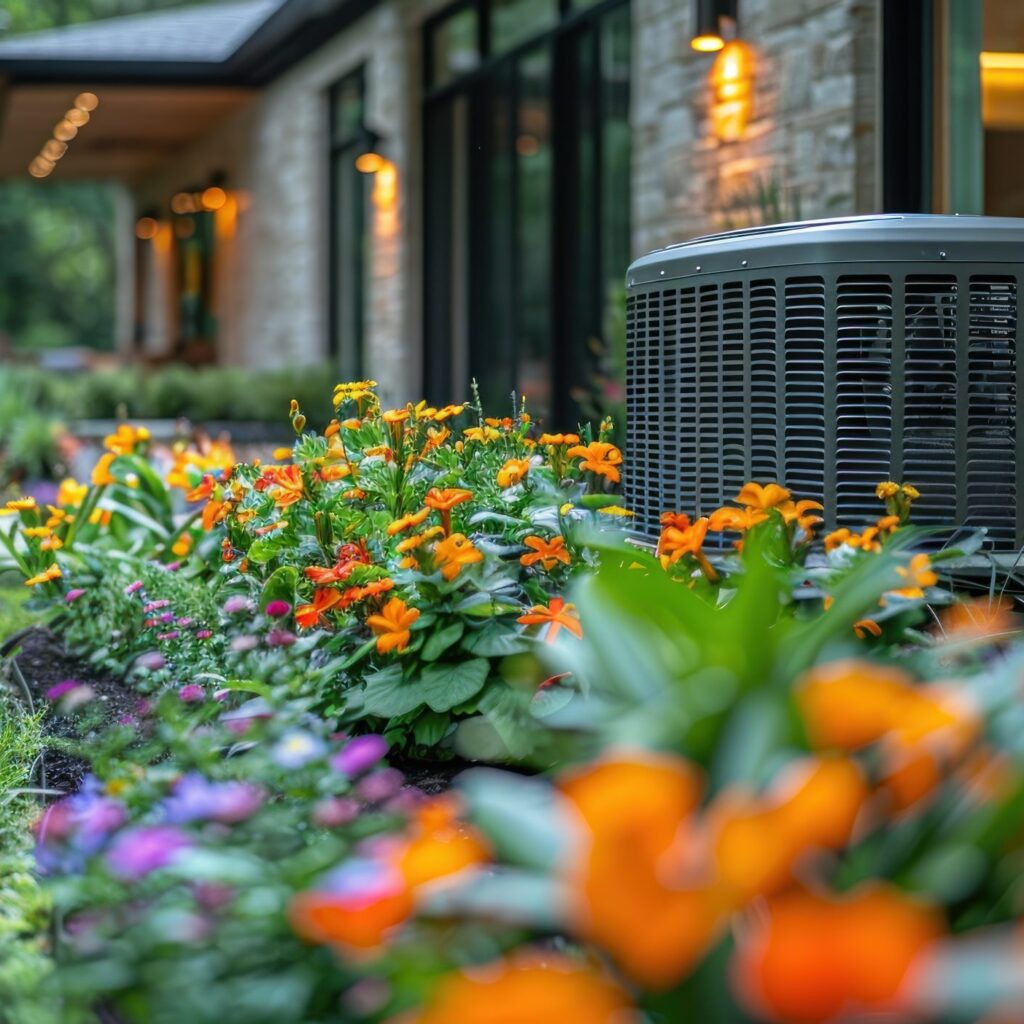
Your HVAC system’s primary role is to regulate indoor temperature and air quality. However, its performance is influenced significantly by the exterior environment surrounding your home. Landscaping can:
- Block or allow sunlight, affecting indoor temperatures.
- Influence air movement around the home and HVAC unit.
- Trap or reduce heat loss during winter.
- Improve or hinder airflow to the outdoor condenser unit.
- Impact ground temperature, moisture retention, and heat reflection.
By understanding these connections, homeowners can make landscaping decisions that reduce energy bills, enhance comfort, and prolong HVAC life.
1. Shade Trees: Nature’s Cooling System
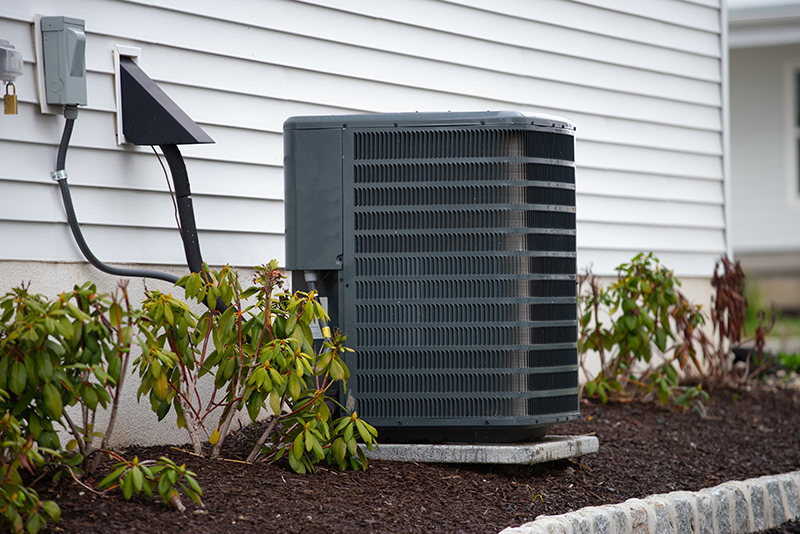
Strategically planting shade trees is one of the most effective ways to reduce your cooling load during summer.
How It Helps:
- Trees block direct sunlight from hitting your walls, roof, and windows, reducing indoor heat gain.
- Deciduous trees provide shade in summer and allow sunlight through in winter after leaves fall.
- Lower temperatures around the home mean your AC runs less often, saving energy.
Placement Tips:
- Plant tall deciduous trees on the south and west sides of the home.
- Maintain a safe distance from the house (at least 10–15 feet) to prevent root damage.
- Use species with broad canopies like maple, oak, or sycamore.
By cooling the surrounding air and shading structures, trees can lower surrounding air temperatures by up to 9°F (5°C).
2. Windbreaks: Reducing Heating Costs in Winter
Just as trees can cool your home in summer, they can also cut heating costs in winter by acting as windbreaks.
How It Works:
- Cold winter winds increase heat loss through walls, windows, and roofs.
- Evergreen shrubs or trees planted strategically reduce wind speed, which keeps your home warmer.
- A well-placed windbreak can reduce winter heating costs by up to 30%.
Best Practices:
- Use dense evergreen trees like pine, cedar, or spruce.
- Plant windbreaks on the north and northwest sides of your property.
- Use staggered rows or a zig-zag pattern for better coverage and wind deflection.
Windbreaks not only make your home more energy-efficient but also add privacy and year-round greenery.
3. Ground Cover and Lawn Choices Affect Thermal Behavior
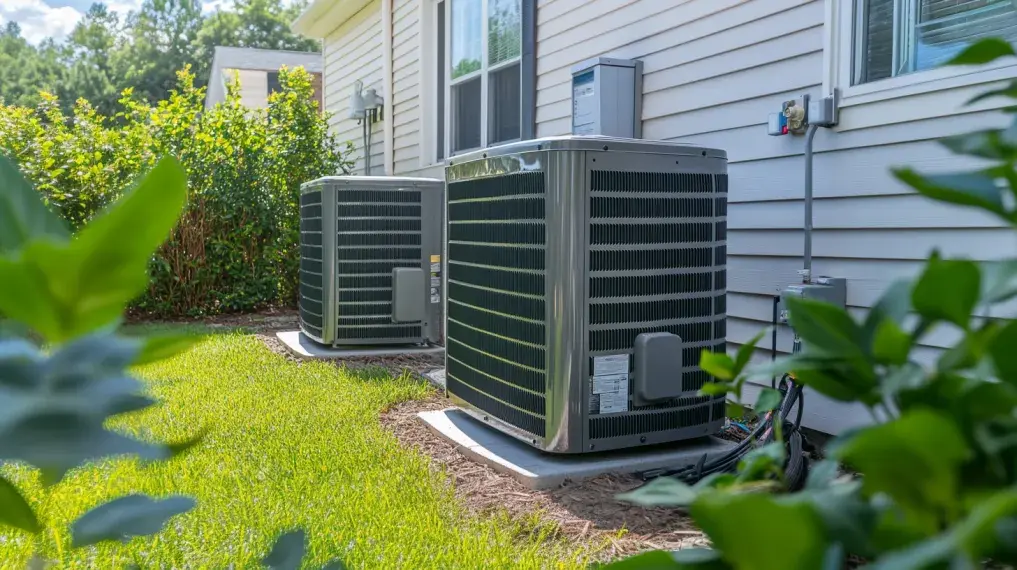
What’s on the ground matters as much as what’s overhead. The materials you choose for walkways, lawns, and flower beds affect how much heat is absorbed or reflected around your home.
Key Considerations:
- Concrete, asphalt, and bare soil absorb heat during the day and release it at night, raising nighttime temperatures (urban heat island effect).
- Grass, mulch, and natural ground covers stay cooler and reduce the amount of heat radiated toward your home and HVAC system.
Recommendations:
- Use mulch or gravel around the base of your HVAC unit to reduce dust and improve drainage.
- Consider native ground covers like clover, creeping thyme, or sedum to reduce water needs and reflect less heat.
- Minimize large hardscapes directly adjacent to the home’s sunny sides.
Choosing cooler ground materials helps maintain a more stable microclimate around your HVAC unit and home foundation.
4. HVAC Placement and Plant Spacing for Airflow
The outdoor HVAC unit, typically a condenser or heat pump, relies on unrestricted airflow to function efficiently. Landscaping too close to the unit can severely impair its performance.
Negative Effects of Poor Plant Placement:
- Leaves and debris can clog condenser coils, making the unit work harder.
- Blocked airflow can cause the system to overheat, leading to costly breakdowns.
- Dense vegetation can limit technician access for maintenance.
Best Landscaping Practices:
- Maintain at least 2–3 feet of clearance around the unit on all sides.
- Avoid planting fast-growing shrubs or dense hedges nearby.
- Choose low-maintenance, non-shedding plants such as ornamental grasses, herbs, or dwarf shrubs.
- Use gravel or mulch instead of sod directly under or around the unit.
These strategies ensure proper ventilation and prevent dirt or organic debris from entering the system.
5. Reducing Heat Absorption with Green Roofs and Walls
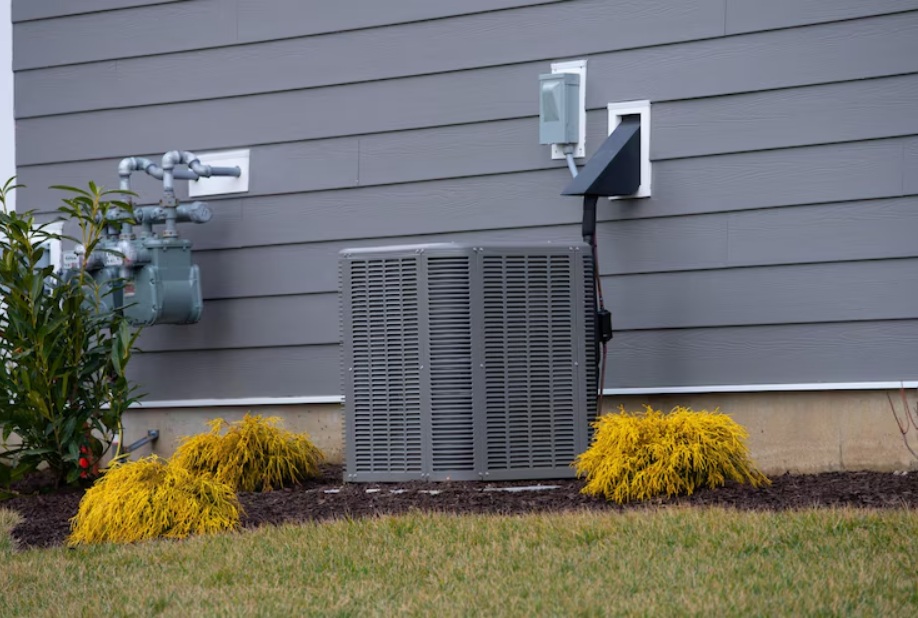
Green architecture trends like green roofs and living walls can boost insulation and reduce the strain on heating and cooling systems.
Benefits:
- A green roof provides a layer of insulation and absorbs solar radiation, reducing the temperature of the roof surface and attic space.
- Living walls act as shade and thermal buffers for exterior walls.
- These features help maintain a more consistent indoor temperature year-round.
While not practical for every homeowner, even small sections of vertical gardens or roof gardens can significantly reduce heat load and promote sustainable living.
6. Drainage and Moisture Management
Improper landscaping can lead to water pooling around the HVAC unit or foundation, which poses a serious threat to your system.
Risks:
- Standing water causes rust and corrosion on outdoor components.
- Poor drainage can lead to uneven settling, shifting the unit and causing mechanical issues.
- Moist, overwatered soil can promote weed growth and pest infestations.
What to Do:
- Grade the area around the HVAC unit to slope away from the base.
- Avoid placing sprinklers or irrigation lines near the unit.
- Use drainage channels, French drains, or gravel beds to divert water efficiently.
Good landscaping supports both HVAC performance and structural integrity of your home.
7. Seasonal Landscaping Impacts
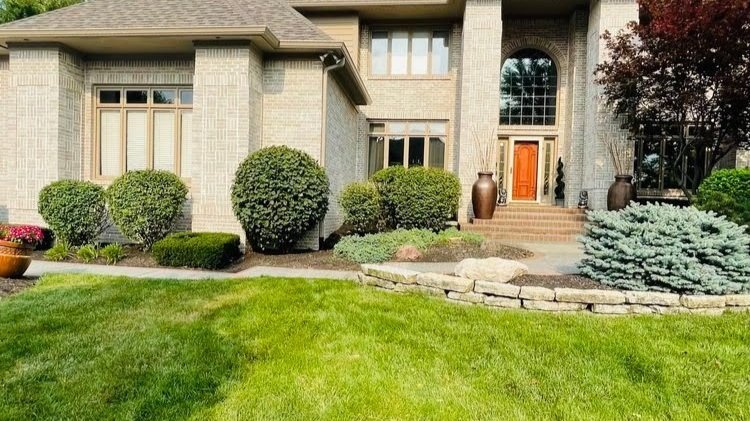
Landscaping isn’t static—it changes with the seasons. Plant growth, falling leaves, snow, and ice all influence your HVAC system differently throughout the year.
Summer:
- Thick foliage might begin to block airflow if not trimmed.
- Increased pollen or seed production can clog filters or condenser fins.
Fall:
- Accumulated leaves and twigs may restrict condenser airflow.
- Dying plants can lead to increased debris.
Winter:
- Heavy snow drifts or ice can bury the condenser if exposed.
- Frozen vegetation can snap and damage components.
Spring:
- Melting snow can cause water pooling.
- Rapid plant growth requires pruning around the HVAC system.
Stay proactive with seasonal landscaping maintenance to ensure year-round HVAC efficiency.
8. Landscaping with HVAC in Mind: Design Principles
Here are some golden rules to keep in mind when landscaping around your home:
- Plan before you plant: Know your HVAC unit’s specifications and clearance needs.
- Think about year-round conditions, not just how the yard looks in one season.
- Incorporate natural ventilation patterns: Use wind and shade to your advantage.
- Design with access in mind: Always allow service technicians clear paths to the HVAC equipment.
Smart landscaping doesn’t just protect your HVAC—it also reduces energy costs and promotes a more sustainable living environment.
Conclusion: Green Landscaping, Smarter Heating and Cooling
Landscaping is more than curb appeal—it’s a powerful tool that can enhance or hinder your home’s heating and cooling systems. Whether you’re trying to cool your home naturally with shade trees or shield it from winter winds with evergreens, the right landscape strategy pays off in comfort, savings, and system longevity.
To recap:
- Use trees and plants to balance sun exposure and wind protection.
- Keep vegetation well-trimmed around your HVAC unit.
- Favor natural, cooler ground materials over heat-retaining hardscapes.
- Ensure proper clearance, drainage, and access around your outdoor unit.
By making your landscape work with your HVAC system—not against it—you can create a more energy-efficient home that’s beautiful, functional, and environmentally responsible.

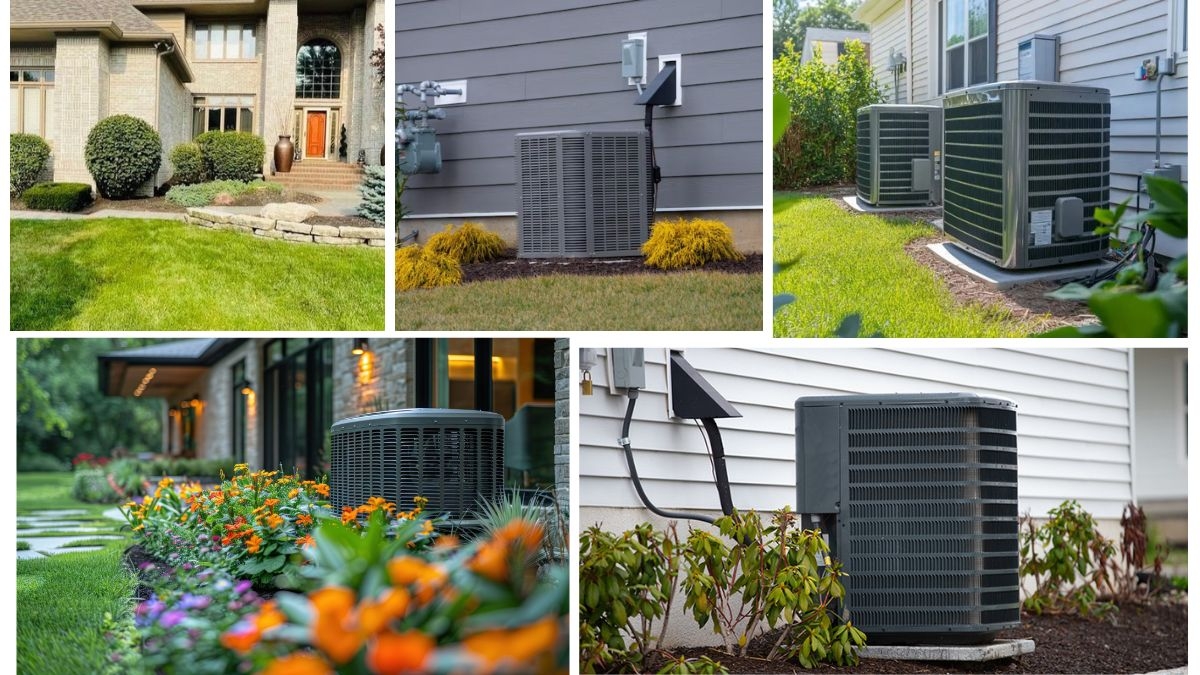




Leave A Comment